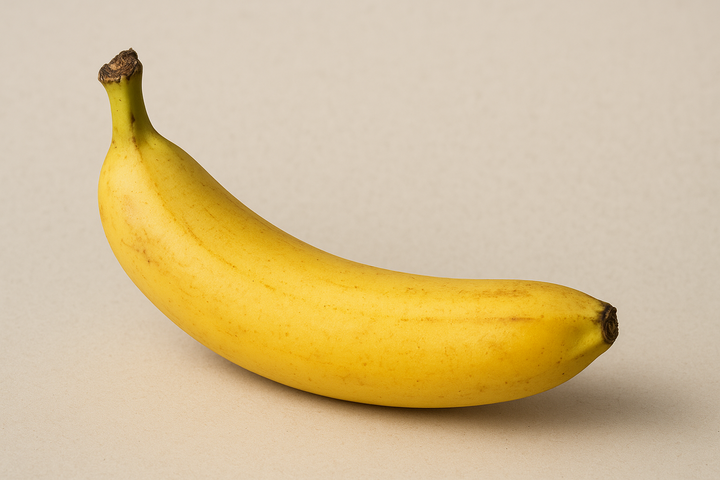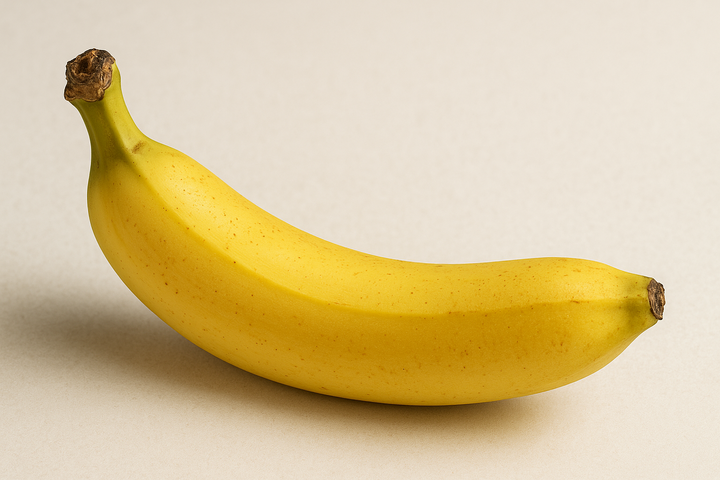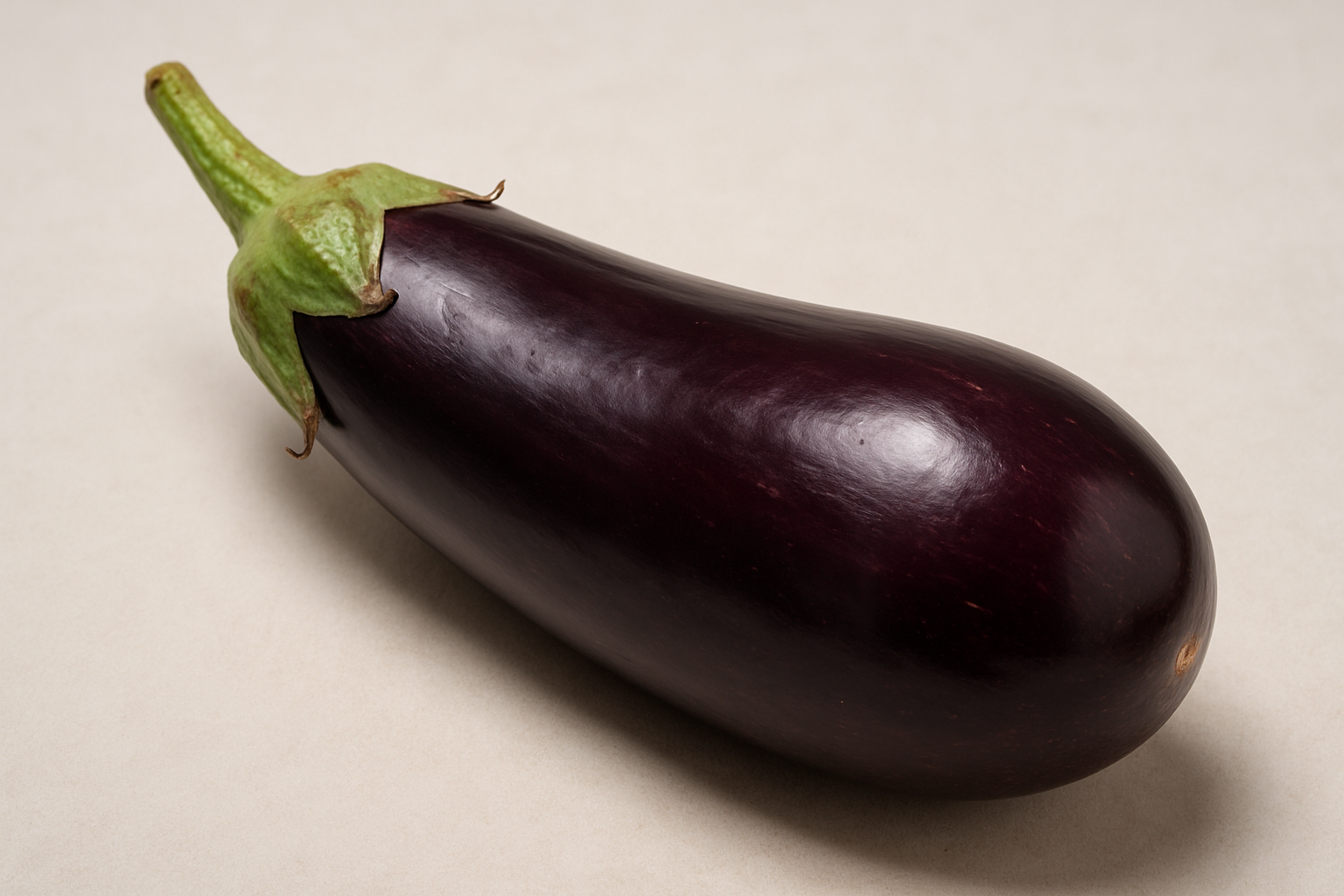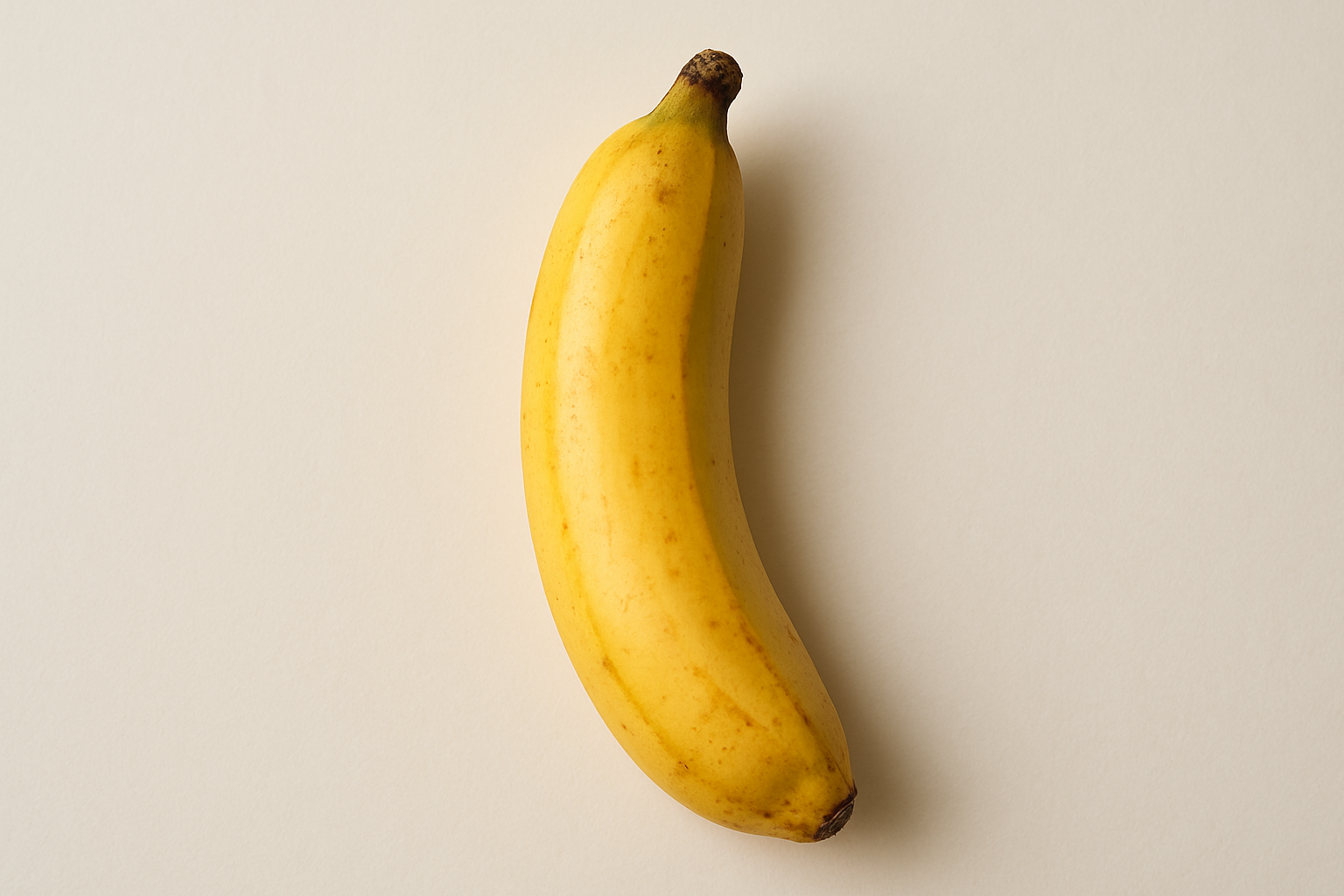Jelqing, a manual exercise technique aimed at enhancing penis size, is surrounded by controversy and skepticism. While it's accessible and device-free, medical professionals warn of potential risks like nerve damage and erectile dysfunction. With no scientific backing, consulting a healthcare provider is crucial before attempting this contentious practice.
Jelqing is a manual exercise technique that has gained attention for its purported ability to enhance penis size by promoting increased blood flow. This practice, often discussed in online forums and self-help guides, is popular largely due to its accessibility. Unlike surgical procedures or device-based methods, jelqing requires no special equipment, making it an appealing option for those seeking a natural approach to enlargement.
The Controversy Surrounding Jelqing
Despite its popularity, jelqing is a subject of considerable controversy and skepticism. Proponents of the technique argue that it offers a simple and cost-effective method to achieve desired results. However, many medical professionals caution against its use, citing potential health risks and a lack of scientific evidence supporting its effectiveness. The absence of clinical studies validating jelqing’s claims has led to divided opinions, with some users reporting positive outcomes and others experiencing adverse effects.
Purpose of the Post
This post aims to provide a comprehensive overview of jelqing, offering readers a balanced perspective on this contentious practice. We will delve into the methodology of jelqing, providing detailed instructions for those interested in trying it, while also highlighting the significant health warnings and medical skepticism that accompany its use. By presenting both sides of the argument, we hope to equip readers with the information needed to make informed decisions regarding jelqing and its potential implications.
Understanding how to perform jelqing correctly is crucial for those who choose to explore this controversial technique. While the practice is simple in theory, adhering to a structured approach can help mitigate some of the potential risks associated with it. This section provides a detailed guide on how to perform jelqing, emphasizing preparation, execution, and post-exercise care.
Step-by-Step Guide to Jelqing
Preparation
Before beginning, it is important to prepare the penile tissue to minimize the risk of injury. Start by warming up the area. This can be done by applying a warm cloth or taking a warm shower, which helps increase blood flow and makes the tissue more pliable. Ensuring a semi-erect state is crucial; too flaccid or fully erect states can increase the risk of injury. The ideal state is about 50-70% erect.
Execution Techniques
The core of jelqing involves a specific hand motion known as the “OK” grip. This technique involves encircling the base of the penis with the thumb and index finger, forming an “O” shape. From this position, gently slide your hand towards the glans (head of the penis), applying consistent and gentle pressure. Each motion should last about 2-3 seconds. It is crucial to use lubrication to reduce friction and prevent skin irritation. Common lubricants include baby oil or water-based lubricants.
Repetitions and frequency are also key. Start with around 50 repetitions per session, gradually increasing to more as your comfort level grows. It is generally recommended to perform jelqing exercises up to 5 times a week, allowing rest days to prevent overworking the tissue. It is vital to stop immediately if any pain or discomfort occurs.
Post-Exercise Care
After completing the jelqing session, a cooling down period is recommended. This involves gently massaging the penis and applying a warm compress to help soothe the tissue and promote healthy blood flow. Stretching can also be beneficial in maintaining flexibility and preventing injury. This post-exercise care is essential to help mitigate any potential damage from the exercise.
Health Warnings and Risks
Despite the structured method, it is important to acknowledge the significant health warnings associated with jelqing. Medical professionals have highlighted risks such as nerve and vascular damage, which can lead to erectile dysfunction or conditions like Peyronie’s disease. Scar tissue formation is another concern, potentially resulting in permanent changes to penile structure.
Moreover, there is a lack of scientific evidence supporting the effectiveness of jelqing. Most claims of success are anecdotal, and the medical community remains highly skeptical. Organizations like the Sexual Medicine Society of North America advise against jelqing, emphasizing the potential for harm over unproven benefits.
Conclusion
While jelqing is an accessible and device-free technique, its potential risks cannot be overlooked. Those considering it should weigh the lack of scientific support and the possibility of adverse effects. Consulting a healthcare professional before attempting jelqing or any similar technique is strongly recommended. By providing this detailed guide, we hope to inform and caution individuals about the complexities and dangers associated with jelqing.
As we continue to explore the intricacies of jelqing, it’s crucial to address the significant medical warnings and skepticism surrounding this practice. Understanding the potential risks and the lack of scientific support is vital for anyone considering this technique.
Understanding the Risks of Jelqing
Despite its appeal as a non-invasive method, jelqing carries several health risks that should not be overlooked. Medical experts warn against the potential for nerve and vascular damage, which can result in serious conditions such as erectile dysfunction or Peyronie’s disease. The repetitive stretching involved in jelqing can lead to scar tissue formation, permanently altering the structure of the penis.
Another concern is the possibility of developing chronic conditions like Hard Flaccid Syndrome, characterized by a persistently firm yet non-erect penis, which can cause significant discomfort and distress. These risks highlight the importance of approaching jelqing with caution and awareness.
Medical Community’s Skepticism
The medical community remains highly skeptical about jelqing due to the absence of scientific evidence supporting its effectiveness. Organizations such as the Sexual Medicine Society of North America emphasize that the perceived benefits of jelqing are largely anecdotal and not backed by rigorous scientific studies. This skepticism is compounded by the potential harm that jelqing can cause, leading many healthcare professionals to advise against its use.
Given these concerns, it is crucial for individuals to consult with a healthcare provider before attempting jelqing or any other penis enlargement technique. Professional guidance can help mitigate risks and provide alternative, safer methods for achieving personal goals.
Frequently Asked Questions
What is jelqing?
Jelqing is a manual technique intended to increase penis size through repetitive hand movements that promote blood flow. It is often discussed in online forums and self-help guides as a natural approach to enlargement.
Is jelqing scientifically proven to work?
No, there are no scientific studies that validate the effectiveness of jelqing for penis enlargement. Most claims of success are anecdotal and not supported by clinical research.
What are the risks associated with jelqing?
Risks include nerve and vascular damage, scar tissue formation, erectile dysfunction, and the potential development of Peyronie’s disease. Chronic conditions like Hard Flaccid Syndrome are also a concern.
Should I consult a professional before trying jelqing?
Yes, it is advisable to consult a healthcare professional before attempting jelqing or any other penis enlargement method. Professional guidance can help you understand the risks and explore safer alternatives.
In conclusion, while jelqing may seem like an accessible option for those seeking penis enlargement, its potential risks and lack of scientific validation make it a controversial choice. Prioritizing safety and informed decision-making is essential for anyone considering this technique. By consulting with healthcare professionals and exploring alternative methods, individuals can make choices that best suit their health and personal goals.




